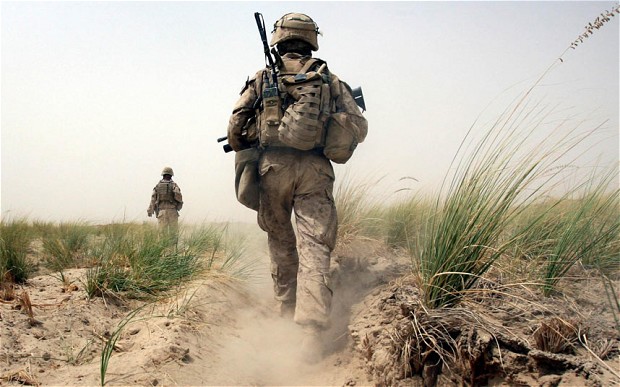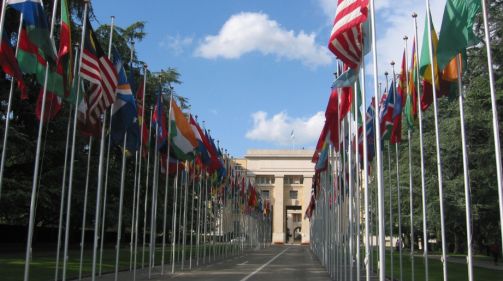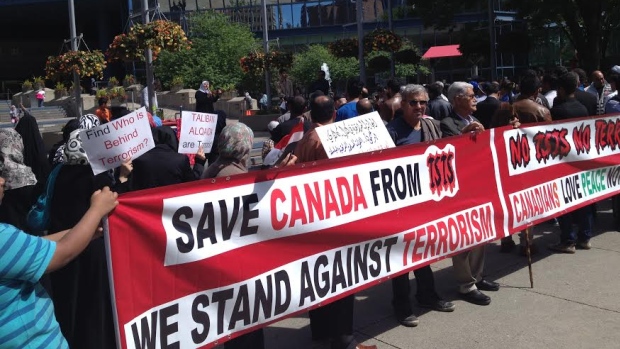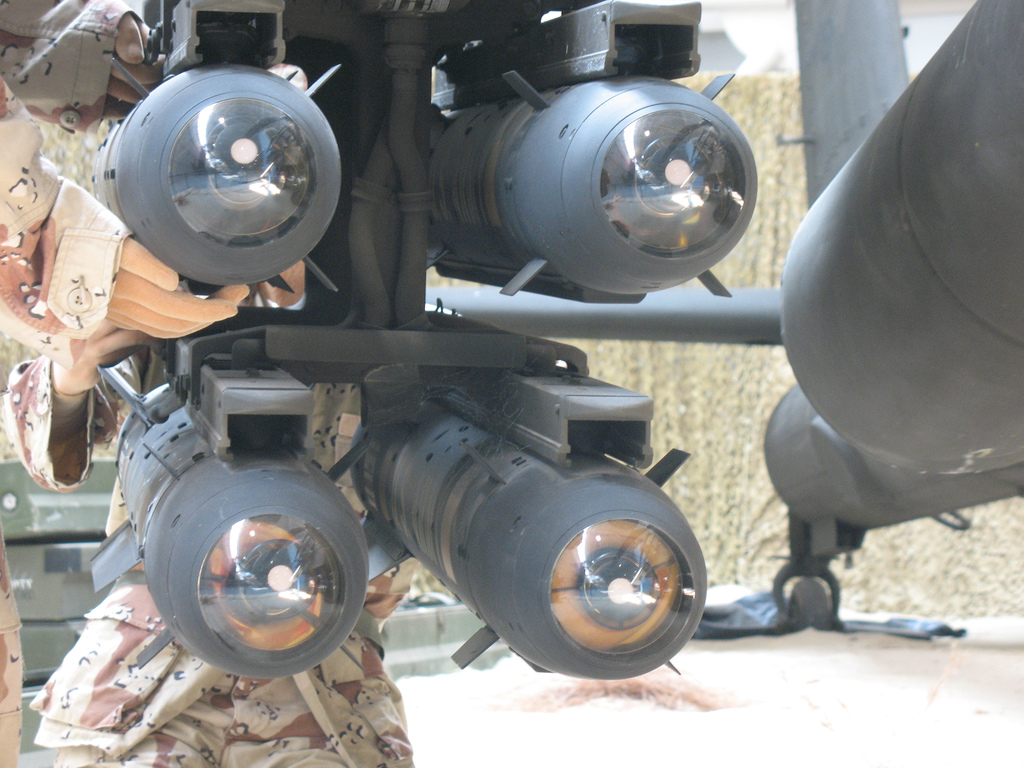In his speech on June 22, 2011 pertaining to the way forward in the Afghanistan War, President Barack Obama alluded to 2014 as a key year in the context of the war – one by which ‘[The] process of transition will be complete, and the Afghan people will be responsible for their own security’. Whether 2014 was intended to be the year by which all operations in Afghanistan were to come to an end, or, as transpired, just the combat phase, it was clear that the US-led coalition was readying itself to take a step back from the war and adopt an auxiliary role. Obama came under fire, as many queried just how important it was to appease deteriorating public opinion all the while providing the Taliban with a timeline for American operations.
The idea had clearly always been to leave the country having either eradicated the Taliban once and for all, or having provided the necessary aid for a US-backed Afghan government to protect itself from continued Taliban aggression. However, to achieve the initial goal of disbanding the Taliban in the two years that remain before Obama’s self-appointed 2016 deadline now appears to border on the wishful and the naïve rather than the ambitious. The coalition has therefore adapted its objectives accordingly in recent years, and its continued presence in Afghanistan results from more realistic aims of training, advising and assisting the Afghan National Security Force (ANSF): this is Operation Resolute Support.
This new phase of American withdrawal entails a US personnel presence under the 10,000 mark, and a gradual drawdown. Crucially, the speed at which this is to be completed was altered in March of this year. Following a request from President Ghani, President Obama agreed to slow the planned withdrawal of US troops, leaving 9,800 through 2015. This altered plan should effectively end the war by 2016, leaving just 1,000 personnel and funding an Afghan security force through to 2017. Below is an outline of some key factors of President Obama’s decision.
Renewed Friendship
 2014 was an election year for Afghanistan, and this was likely to lead to a shift in its relations with the US. Under the presidency of Ghani’s predecessor Hamid Karzai, dynamics between Kabul and Washington had been characterised by frustration and general non-cooperativeness – so much so that Mr Obama threatened President Karzai with an accelerated drawdown process. Karzai irritated US authorities with repeated anti-American rhetoric, his refusal to sign a security pact aimed at keeping the necessary troops in Afghanistan after the combat phase had come to an end, and his decision in February 2014 to release 65 prisoners regarded as dangerous, in the face of American protests.
2014 was an election year for Afghanistan, and this was likely to lead to a shift in its relations with the US. Under the presidency of Ghani’s predecessor Hamid Karzai, dynamics between Kabul and Washington had been characterised by frustration and general non-cooperativeness – so much so that Mr Obama threatened President Karzai with an accelerated drawdown process. Karzai irritated US authorities with repeated anti-American rhetoric, his refusal to sign a security pact aimed at keeping the necessary troops in Afghanistan after the combat phase had come to an end, and his decision in February 2014 to release 65 prisoners regarded as dangerous, in the face of American protests.
President Obama hoped that following the April 2014 Presidential elections, which were sure to see Karzai leave office as he could not run for another term, the new Afghan president would prove to be more cooperative and less provocative. The elections were far from straightforward, however, eventually culminating in a standoff between the two leading candidates: Ashraf Ghani and Abdullah Abdullah. Soon after Ghani was declared the winner by Afghanistan’s Independent Election Commission, the two men signed a power-sharing deal which stipulated that Abdullah would assume the extra-constitutional role of Chief Executive Officer of Afghanistan. Despite these complications, Obama’s newly-elected Afghan counterpart, Ghani, is far more approachable and cooperative than his predecessor. Naturally this has its own benefits for the continued presence of American troops beyond 2014, with a view to pursuing anti-terrorism objectives and creating a worthwhile Afghan security force.
A Resurgent Taliban and Continued ‘Green on Blue’ Incidents
In September 2012, NATO made the decision to halt joint operations with Afghan forces in response to the alarmingly high number of ‘green on blue’ attacks perpetrated by rogue Afghan soldiers on NATO forces. Such attacks have resulted in approximately 150 deaths among coalition forces since 2007, and are both symptomatic, and the source, of poor relations between Afghan security forces and NATO. 2012 was by far the worst year for these ‘insider attacks’, with 61 coalition deaths resulting from 44 separate attacks. In that year, it was estimated that 20% of NATO troop deaths in Afghanistan were the result of ANSF insider attacks. An estimated 25% of these deaths resulted from Taliban infiltration, and a further 15% from Taliban coercion and intimidation. While the number of insider attacks has decreased dramatically since then, the measures taken to deal with them have not been 100% successful; the latest of these attacks occurred earlier this month, on April 8, 2015, and culminated in the death of a US serviceman and several other casualties. While it cannot be categorically stated that the Taliban is the dominant factor in these attacks (disgruntlement, cultural differences and divided loyalties are a few others which don’t necessarily entail a Taliban link), it is an important one.
This would stand to reason given the Taliban’s continued operations in the country. Far from eradicating the group, the intervention merely removed them from power, albeit possibly only temporarily, and created an insurgency heavy in its death toll in the meantime. As the combat phase of the NATO intervention approached its end in December 2014, the Taliban ramped up its attacks against civilians and government forces, killing an unprecedentedly high 3,188 non-combatants that year. In terms of civilian casualties, the 10,000 mark was breached.
The progress made against the Taliban since 2001 is not clear cut, and has been characterised by ebbs and flows rather than an upward trend. What is clear is that the Taliban is not a spent force and that if Ghani’s plans to bring them to the negotiating table fail, their ideology and will to topple the US-backed Afghan government will remain intact and may even be revitalised as the NATO intervention draws to a close.
The Islamic State
The extension of Islamic State operations into Afghanistan has been kept in check by Iran’s existence as a geo-political and sectarian buffer between Iraq and Afghanistan. The vast majority of Afghanistan’s Muslims practise Sunni Islam, and while IS’s physical propagation has been limited to Iraq and Syria, the militant interpretation of Sunni ideology they champion has been rearing its head the world over. Afghanistan is no exception: reports of self-professed Islamic State fighters in the country have become more and more common in recent months, as have reports of clashes between the latter and local Taliban-affiliated tribesmen. More concerning still is the fact that these initial clashes were followed by allegiances pledged to the Islamic State by formerly highly-placed Taliban figures, such as Mullah Abdul Rauf.
Although this is cause for concern, it is also telling of trouble within the Taliban’s ranks, which is good news for Ghani. Nevertheless, while conflict between the Taliban and Islamic State might relieve some of the pressure on his government, there would be absolutely no guarantee that the Taliban and the Islamic State won’t form a coalition, thus potentially leaving the government in just as bad a predicament as before IS affiliates manifested themselves in the country, if not worse. On the other hand, a protracted struggle between the two groups would hardly be a meaningful victory for Afghanistan, a country which has struggled to establish and maintain security since the Taliban were replaced by Karzai’s US-backed Afghan Transitional Administration in 2001. An expansion of the conflict to another front would do little to further this goal.
The reasons for the American decision to maintain its presence in Afghanistan at considerable levels through to 2016 are undoubtedly more numerous than the three listed above. However, these are three of the most important factors taken into consideration in the decision to accommodate Ghani’s request for continued American support. Although decelerating the drawdown might not appear to be a particularly grand gesture given that the end result will remain the same (i.e.: an end to the war by next year), it is a foreign policy decision of considerable gravitas, in an age when the US is perhaps slightly weary of being the world’s policeman. Add to this the fact that the war in Afghanistan is the longest in the history of the US, and the decision takes on the appearance of a potentially unpopular one that might not have been taken if Mr. Obama had had to worry about re-election.
Nevertheless, to leave Afghanistan only to witness the Taliban crawl out of the woodwork and swiftly dismantle an ill-assembled state with weak foundations would constitute a truly devastating and humiliating blow to NATO, and more importantly to the US. In announcing a slower drawdown process, Obama has simply recognised in the new Ghani government an opportunity to boost American chances of exiting the country having left it with a fighting chance and a lasting legacy. Obama’s agreement to slow down troop withdrawal might be a final desperate throw of the dice, but from his point of view, running the risk of ruffling a few public opinion feathers is no doubt a small price to pay given what is at stake.





